Muscle Car Mania: Dodge Challenger vs. Chevrolet Camaro - A Brawl for Drag Strip Supremacy
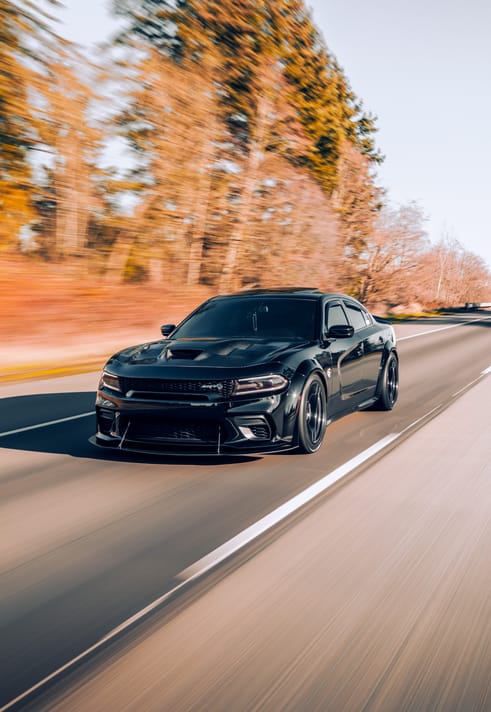
The American muscle car scene is a constant battleground, and two titans perennially slug it out for dominance: the Dodge Challenger and the Chevrolet Camaro. These iconic machines embody raw power, thrilling acceleration, and a touch of nostalgia, making them enthusiast favorites. But which one reigns supreme? Let's delve into the horsepower figures, quarter-mile times, and overall track performance to settle this age-old muscle car grudge match.
Powerhouse Engines: A Tale of Two Hemi V8s
The Challenger and Camaro boast a variety of engine options, catering to different performance needs and budgets. However, the pinnacle of power in both camps lies with their monstrous Hemi V8s.
- Dodge Challenger SRT Hellcat Redeye: The undisputed king of the Challenger hill, the Redeye packs a supercharged 6.2L Hemi V8 producing a earth-shattering 797 horsepower and a gut-wrenching 707 lb-ft of torque. This translates to a staggering 0-60 mph time of 3.7 seconds, making it one of the quickest production cars on the market.
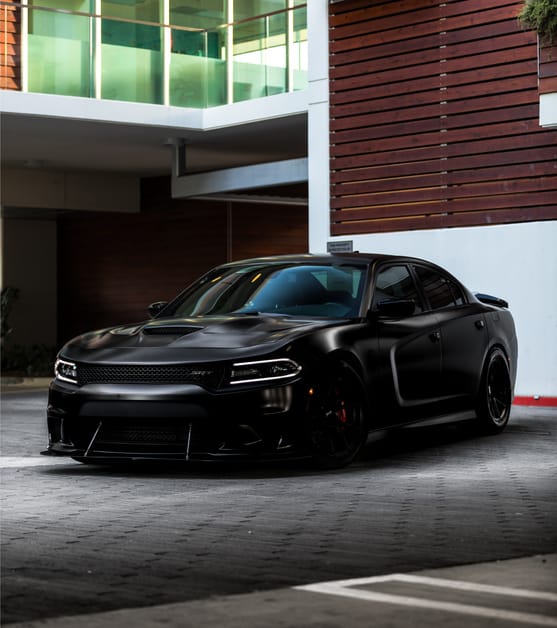
- Chevrolet Camaro ZL1 1LE: The Camaro's answer to the Redeye is the ZL1 1LE. It features a hand-built, supercharged 6.2L LT4 V8 churning out a formidable 650 horsepower and 650 lb-ft of torque. This translates to a 0-60 mph time of 3.5 seconds, putting it neck-and-neck with the Challenger in pure straight-line acceleration.
The Quarter-Mile Showdown: A Balancing Act
While horsepower is a crucial metric, quarter-mile times paint a more complete picture of a car's drag strip prowess. Here's where things get interesting:
- Challenger SRT Hellcat Redeye: With its monstrous power output, the Redeye lays down a blistering quarter-mile time of 10.5 seconds at 131 mph. However, its hefty weight (over 4,500 lbs) can hinder its handling on a curvy track.
- Chevrolet Camaro ZL1 1LE: The Camaro ZL1 1LE claws back some ground here. Its lighter weight (around 4,100 lbs) and aerodynamic package, specifically designed for downforce, contribute to a slightly quicker quarter-mile time of 10.3 seconds at 127 mph. The ZL1 1LE proves that a well-balanced car with slightly less power can outperform a pure horsepower monster.
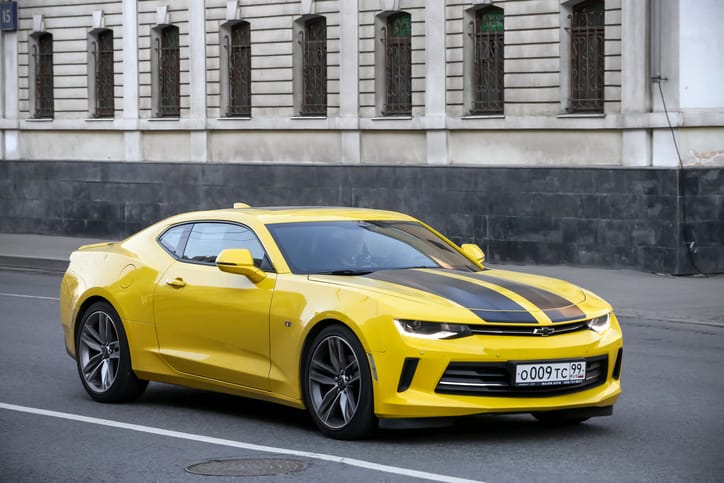
Beyond the Straights: Track Performance Nuances
While both cars excel in straight-line acceleration, track performance involves a broader skillset. Here's how the Challenger and Camaro stack up on the twisty bits:
- Challenger: The Challenger's large size and retro-inspired design make it feel less nimble on a racetrack. Its steering can be vague, and its body tends to roll more in corners compared to the Camaro. However, the Challenger's sheer power can still be an advantage on longer straights within a track.
- Camaro: The Camaro adopts a more driver-focused approach. Its lighter weight, sharper steering, and well-tuned suspension make it a more agile handler. The ZL1 1LE package further enhances handling with aerodynamic upgrades that improve grip and stability during high-speed cornering.
Technology and Creature Comforts
Modern muscle cars aren't just about brute force anymore. Both the Challenger and Camaro offer a suite of technological features and creature comforts:
- Dodge Challenger: The Challenger's interior boasts a retro-modern design with a focus on comfort. An available Uconnect infotainment system with a large touchscreen keeps you connected. However, some reviewers find the interior materials lacking compared to the Camaro.
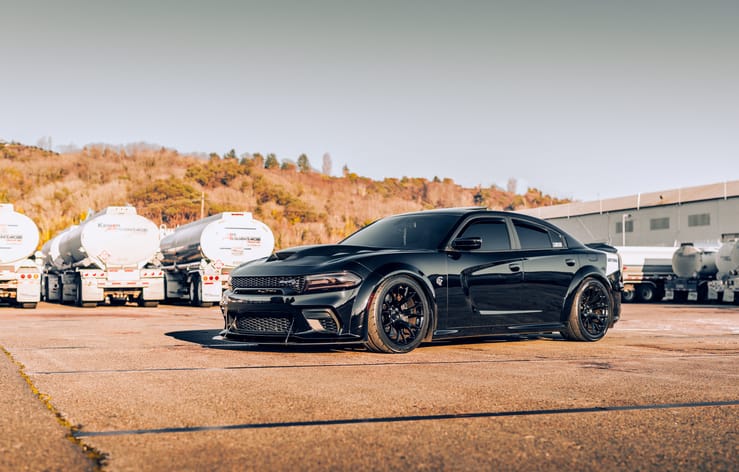
- Chevrolet Camaro: The Camaro's interior prioritizes driver engagement with a more focused layout. The infotainment system integrates well with the overall design, offering a range of features like navigation and performance data. The Camaro might feel slightly cramped for taller drivers, though.
The Verdict: A Choice for Every Enthusiast
Choosing between the Challenger and Camaro comes down to your priorities. Here's a quick breakdown to help you decide:
- Go for the Challenger if: You crave pure, unadulterated power and a comfortable, spacious interior with a retro twist.
- Go for the Camaro if: You prioritize sharp handling, a more driver-focused experience, and a slightly more modern interior.
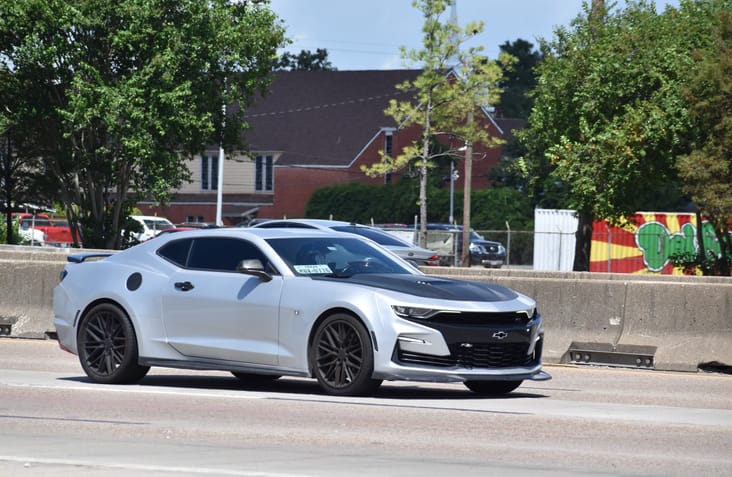
Ultimately, both the Dodge Challenger and Chevrolet Camaro are fantastic muscle cars that deliver exhilarating performance. The "better" choice depends on your individual preferences and driving style. Whichever you choose, you'll be joining a legacy of American muscle car heritage.
Fuel Economy: A Necessary Evil
It's no secret that muscle cars are thirsty for gas. Let's be honest, fuel efficiency isn't exactly a top priority in this segment. However, if you're concerned about running costs, here's a heads-up:
- Dodge Challenger: The Challenger with the supercharged Hemi engine offers an EPA-estimated fuel economy of 13 mpg city and 19 mpg highway. Opting for the less powerful V8 engines can improve these figures slightly, but not by much.
- Chevrolet Camaro: The Camaro with the ZL1's supercharged V8 delivers a similar fuel economy rating to the Challenger SRT Hellcat Redeye, at 13 mpg city and 19 mpg highway. Again, choosing a smaller engine might yield slightly better fuel economy.
Safety Considerations: Modern Muscle with Modern Safety Features
Muscle cars of the past might have prioritized power over safety, but thankfully, times have changed. Both the Challenger and Camaro come equipped with a range of modern safety features:
- Standard Safety Features: Both cars offer airbags, anti-lock brakes (ABS), traction control, and electronic stability control (ESC) as standard equipment.
- Advanced Driver-Assistance Systems (ADAS): Available ADAS features on both cars include blind-spot monitoring, lane departure warning, forward collision warning, and automatic emergency braking.
While these features can be helpful, it's important to remember that driver awareness and responsible driving are always the most important safety measures.
The Future of Muscle: Embracing Electrification?
The muscle car landscape is constantly evolving. With a growing focus on sustainability, both Dodge and Chevrolet are exploring ways to incorporate electrification into their iconic muscle cars.
- Dodge Charger Daytona SRT Banshee: Dodge unveiled the concept of the Charger Daytona SRT Banshee, a battery-electric muscle car with a retro-inspired design and mind-blowing horsepower figures achieved through an innovative electric all-wheel-drive system. This concept hints at a future where electric muscle cars can deliver the same thrills as their gasoline-powered counterparts.
- Chevrolet Camaro Electric Rumors: Rumors abound about a potential electric Camaro in the pipeline. While Chevrolet hasn't confirmed any official plans, the success of the Mustang Mach-E from Ford suggests that an electric Camaro could be a strong contender in the future muscle car market.
Conclusion: A Legacy of Power and Performance
The Dodge Challenger and Chevrolet Camaro represent the pinnacle of American muscle car engineering. They offer exhilarating performance, a touch of nostalgia, and a constantly evolving feature set. Whether you crave the earth-shattering power of the Challenger or the sharp handling of the Camaro, there's a muscle car waiting to ignite your passion for driving. As the muscle car scene embraces electrification, it will be exciting to see how these iconic brands continue to innovate and redefine what it means to be a muscle car in the 21st century.
